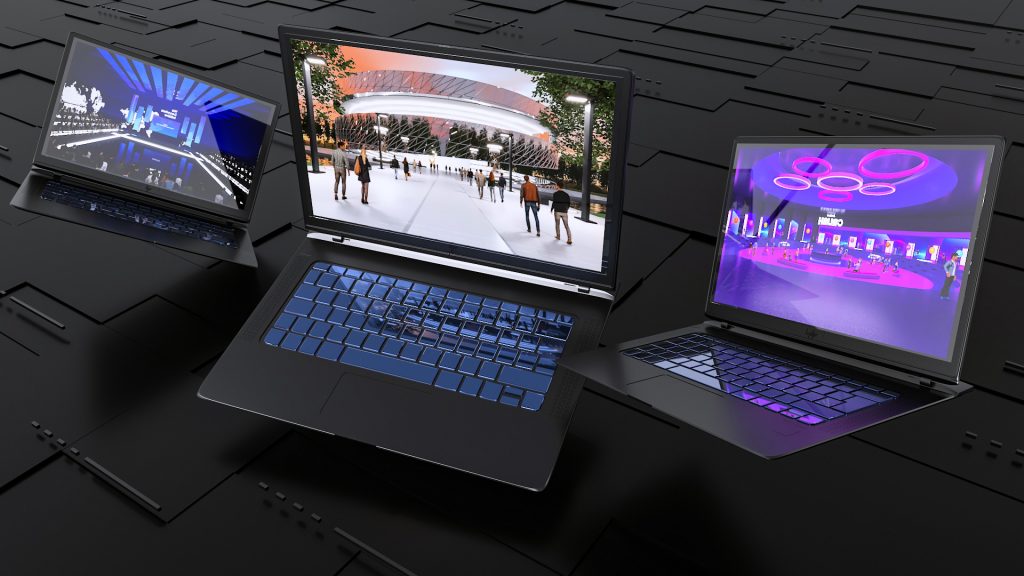
7 design habits
As a designer, you know how important it is to keep up with the latest trends and best practices in your field. But with so many changes and innovations happening every year, it can be hard to stay on top of everything. That’s why I’ve compiled a list of 7 design habits that you should make a priority in 2024. These habits will help you create more effective, engaging, and user-friendly designs that will stand out from the crowd and impress your clients and customers.
Embrace accessibility
Accessibility is not just a nice-to-have feature, but a necessity for any design project. Accessibility means making your design accessible to everyone, regardless of their abilities, disabilities, or preferences. By following the Web Content Accessibility Guidelines (WCAG), you can ensure that your design is compatible with assistive technologies, such as screen readers, keyboards, and voice commands.
Use data-driven design
Data-driven design is the practice of using data and analytics to inform your design decisions and measure your results. Data can help you understand your users’ needs, behaviors, and preferences, and tailor your design accordingly. You can use tools like Google Analytics or [Hotjar] to collect and analyze data from your website or app, such as page views, bounce rates, conversions, heatmaps, and feedback. You can also use tools like [Optimizely] or [Google Optimize] to run A/B tests and experiments to compare different design variations and see what works best.
Adopt a mobile-first approach
Mobile-first design is the principle of designing for the smallest screen size first, and then scaling up for larger devices. This ensures that your design is responsive, adaptive, and optimized for mobile users, who make up more than half of the global internet traffic. Mobile-first design also helps you focus on the essential features and content of your design, and avoid clutter and distractions. You can use tools like [Figma] or [Sketch] to create mobile-friendly prototypes and mockups, and test them on different devices and screen sizes.
Incorporate motion and animation
Motion and animation can add life and personality to your design, and enhance the user experience. Motion and animation can help you guide the user’s attention, provide feedback, create transitions, and tell a story. But be careful not to overdo it, as too much motion and animation can be distracting, annoying, or even harmful to some users. You can use tools like [Adobe After Effects] or [Lottie] to create and export motion graphics and animations, and integrate them into your website or app.
Experiment with 3D and AR
3D and augmented reality (AR) are two of the most exciting and emerging trends in design, and they can offer new possibilities and experiences for your users. 3D and AR can help you create immersive, interactive, and realistic designs that can capture the user’s attention and imagination. You can use tools like [Blender] or [Cinema 4D] to create and render 3D models and scenes, and tools like [Spark AR] or [ARKit] to create and deploy AR effects and apps.
Follow design systems and principles
Design systems and principles are sets of rules and guidelines that help you create consistent, coherent, and scalable designs. Design systems and principles can help you maintain a unified brand identity, improve usability and accessibility, and streamline your workflow and collaboration. You can use tools like [Storybook] or [Framer] to create and document your design system, and tools like [Material Design] or [Apple Human Interface Guidelines] to follow established design principles and best practices.
Keep learning and improving
The last and most important habit of a successful designer is to keep learning and improving your skills and knowledge. Design is a dynamic and evolving field, and you need to stay updated and curious about the latest trends, tools, and techniques. You can use resources like [Dribbble] or [Behance] to get inspired by other designers’ work, and resources like [Skillshare] or [Udemy] to learn new skills and courses. You can also join online communities and forums, such as [Designer News] or [Reddit], to network and exchange ideas with other designers.
If you’re thinking of employing an animated promo for your business, we can help. At Thedigitalants, we provide a wide range of animation services and have contributed to the creation of numerous advertisements throughout the years. No matter what your requirements are, we will work closely with you from start to finish to ensure that they are met. Please contact us today, and we will be pleased to discuss your project with you.
Contact us to learn more about how Thedigitalants, a London based 3D design studio, can help you integrate 3d creative services in your B2B marketing strategy.
